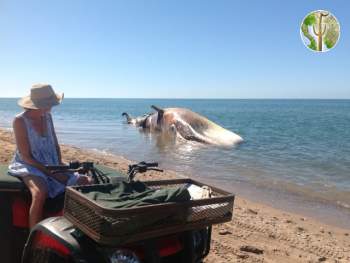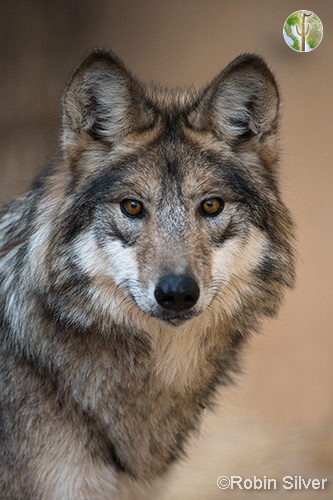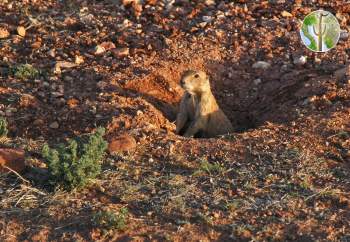Mammals of Rancho El Aribabi in the Sky Island Region of Northern Sonora, Mexico
The Mammals of Rancho El Aribabi fills an important gap in the detailed knowledge of the diversity and abundance of the mammals in the Sky Island region of the U.S. and Mexico borderlands. The multiyear camera trapping effort captures a thorough inventory and baseline of this private protected area and conservation ranch in the heart of a migratory corridor that allows movement north and south in the high latitude portion of the Sierra Madre.




